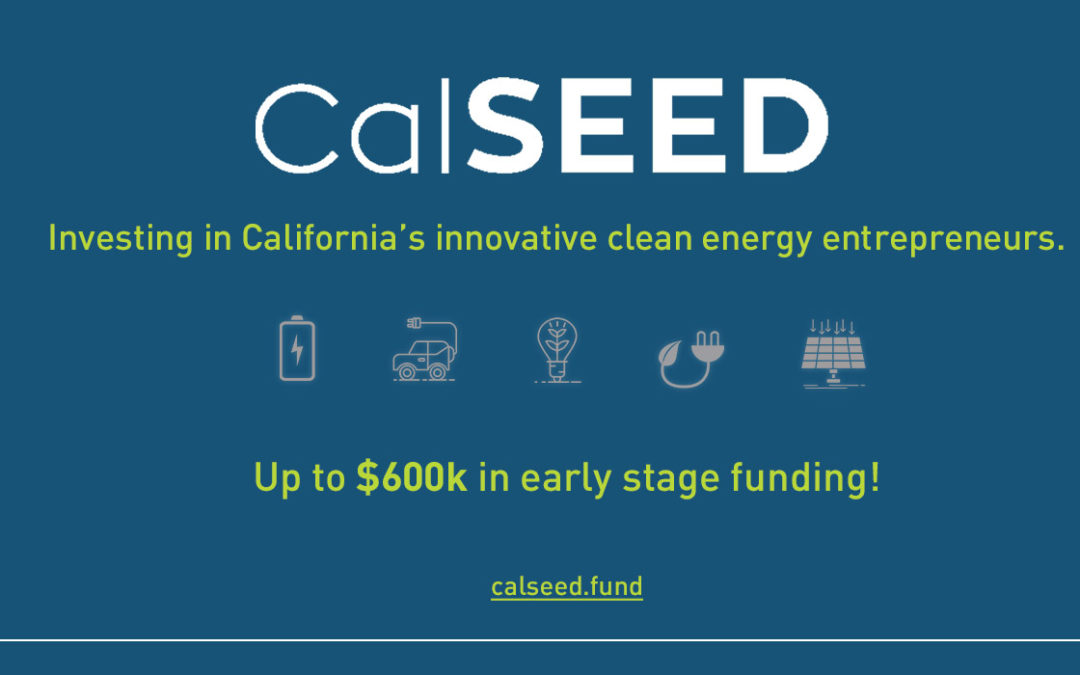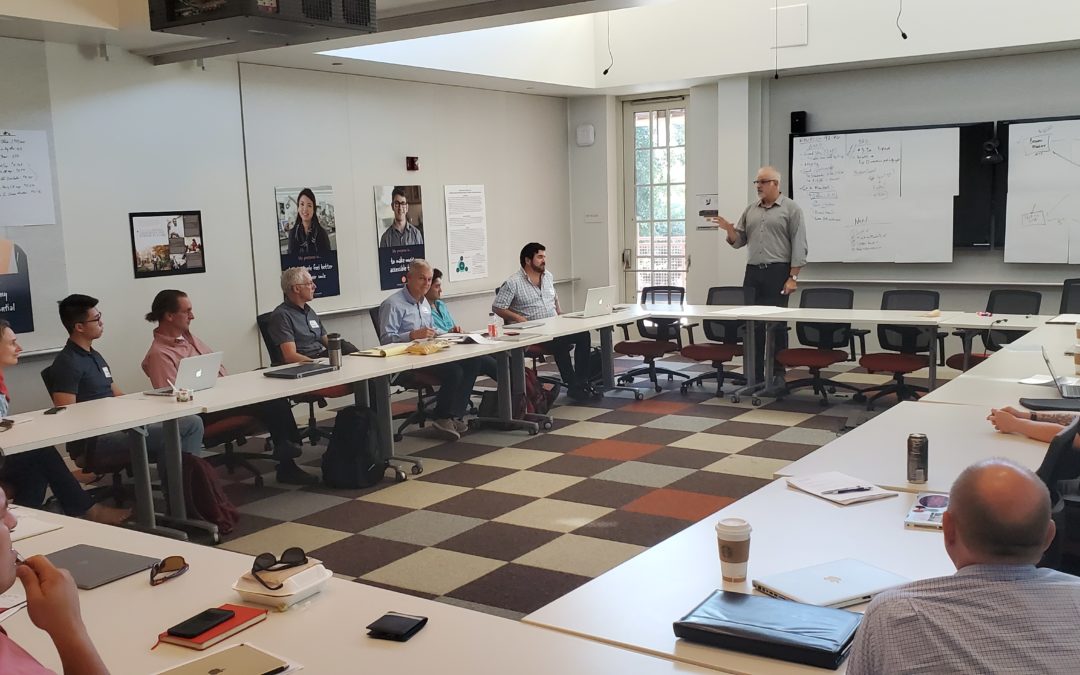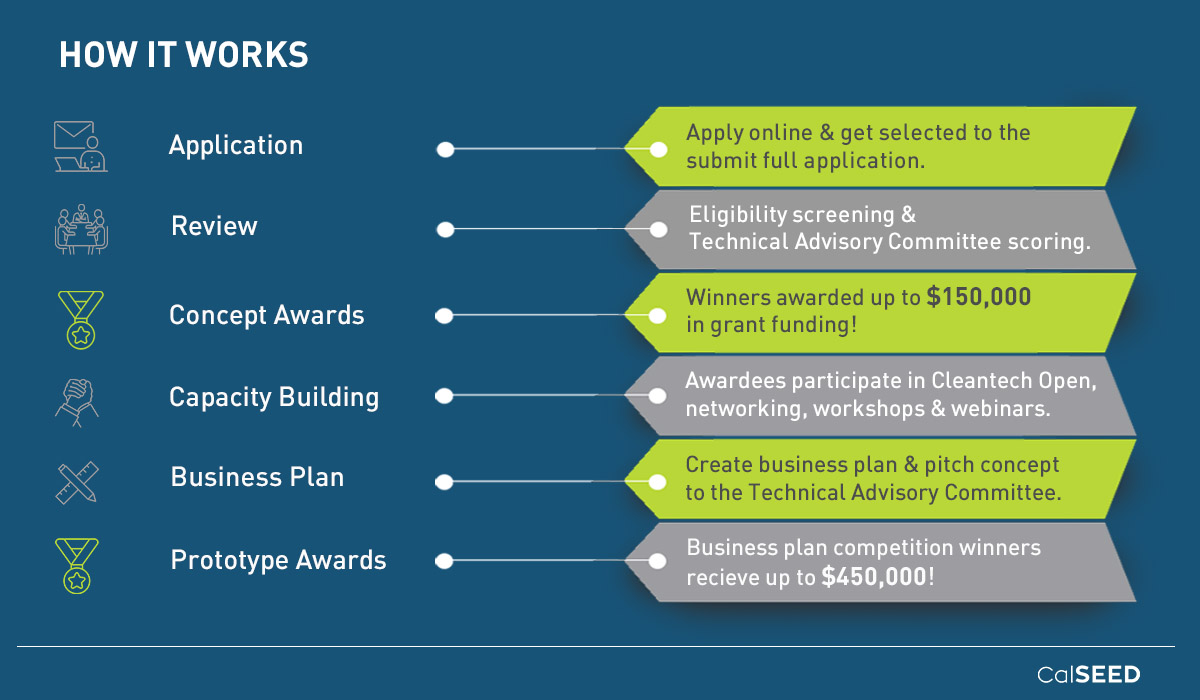


Keep your Electronics Running
Ever wondered what would happen to all your communication devices, smart home devices or refrigerator when power is lost from the grid. You no longer need to worry about losing access to those devices when using Off The Wall Energy’s Personal Energy Platform.
Bob Guimarin of Off The Wall Energy is creating the Personal Energy Platform, a portable micro-energy storage system with real-time awareness of grid and off-grid availability. It works much like a mini-Tesla power wall, but located inside your home at each wall outlet, maintaining power to your most critical devices.
The Personal Energy Platform is a power management system that can be charged at night and discharged during the day, negating the use of grid power when rates are high. It can be plugged into a 120V/240V AC wall outlet and directly connects to your AC and DC devices. It has a unique approach to lower energy waste by connecting native DC devices directly to the Personal Energy Platform without the use of individual device AC/DC inverter power cords. Current plans are for two models, a 440W CommHub unit that can be used to power your home communication devices and a 2000W (2kWh) PowerPlus unit that can power refrigerators and more.
The Personal Energy Platform is an attractive consumer-oriented product designed for maximum flexibility and ease of use. All the while operating autonomously to support your critical communications, security systems, food preservation, and home medical devices without the need to swap power cords or impacting your lifestyle choices.

Customer Discovery Workshops Get Good Response
We completed the two sessions of our new Customer Discovery Workshop on Jan. 28 and Feb. 4. In all, 28 people had signed up to learn the best way to launch a startup. It’s all about identifying and understanding your potential customers and then creating products that solve problems they know they have. It sounds so simple. Why then do the vast majority of startups proceed to build and launch products before they ever talk to customers? And then belatedly discover no one cares for what they are offering? Why is so much time spent on writing a business plan before gathering any facts directly from potential users? This is a very expensive and time-wasting way to build a company. Usually, it leads to failure, discouragement, and angry investors. But talking to customers can be awkward and scary.
Attendees at the workshop learned of a better way to find out how to design and offer products and services based on an initial “guess” of what customers want. The key is to get a good fit between a product and a market need. It takes over 100 interviews to figure this out, but the good news is that it is cheap to do. All it takes is perseverance and some skills in asking the right questions.
We got lots of positive reactions to the workshops, so we will likely put on a third session in the spring. But also, we want to move on to other topics like creating a minimum viable product, figuring out through what channels to sell a product, and how to enlist partners and allies. Ultimately, we will offer a five-day Bootcamp for startups in June that will look at the whole startup-building process in intensive sessions. Be on the lookout for announcements of all these upcoming events.

Going 100% Renewable Needs More Storage
Much of the attention in Clean Energy these days goes to consumer products and energy generation. This is well deserved because the contribution to global warming energy generation has made and consumers wanting to learn more about how to reduce their impact. The complicated reality of going to 100% renewables is not just energy generation or changing our lifestyles but also updating the grid and adding storage to it. Storage is things like Lithium-ion Batteries, SPIN’s flywheel, and pumped hydro.
In passing SB 100 the State Government made California a world leader with an ambitious goal to operate 100% on renewables by 2045. Successes in solar, utility-scale and rooftop we have reduced our emissions but also changed the energy demand profile of the electric grid. A perfect example of this is the duck curve of energy demand. The complications of meeting energy supply and demand is a very real obstacle in maintaining grid reliability as we move to 100% renewables. To manage an ever more complex grid we need storage.
Policies contributing to the success of solar should be expanded to promote storage. We are seeing the California Energy Commission invest in the commercialization of more storage projects and companies like Electrify America are investing in grid storage to avoid impact cost of Electric Vehicle Chargers on the grid. But we can do more. Net Metering, the policies that helped build a fledgling rooftop solar industry, needs to be adopted to promote home storage solutions. Like the early adopters of EVs and Solar, we need to incentivize private investment in storage. There are companies like Empower Energy and Off the Wall Energy, who are gearing up to provide small storage solutions to business and residential companies.
Supporting the 100% Renewables in California to fight climate change means supporting Storage.
ABOUT THE AUTHOR
Thomas is the Executive Director of CleanStart. Thomas has a strong background in supporting small businesses, leadership, financial management and is proficient in working with nonprofits. He has a BS in Finance and a BA in Economics from California State University, Chico. Thomas has a passion for sustainability and a commitment to supporting non-profits in the region.
Sponsors




Weintraub | Tobin, Revrnt, Moss Adams, PowerSoft.biz, Greenberg Traurig

Opportunity Knocks! Find Out How Feb. 12
On February 28 CalSEED is opening the window for accepting 2020 applications for their $150,000 Phase I grants for proof of concept from early stage startups. This is a golden opportunity to get funding. It is not a loan and not a sale of shares. It’s a grant, and no matching funds are required. Interested?
We are hosting a workshop for companies to learn more details about the application process. There will be two sessions held Feb. 12 at Hacker Lab; Rocklin will hold one at 1:30 pm and Sacramento will be in the evening starting at 6:00 pm. Put it on your calendar and RSVP below. CalSEED will be looking to fund 6-7 companies from the Central Valley, so prospects are good. Don’t miss out.
This funding opportunity is designed for early stage startups working on clean energy anywhere in California. CalSEED is open to any California based individual, group, company or organization with an early stage innovation. Don’t forget to familiarize yourself with the Application Manual before applications open. Visit calseed.fund/apply for more details. #CalSEED2020
This CalSEED Concept Award provides promising innovators not only with $150,000 in grant funding, but also unprecedented professional development resources and access to California’s best accelerators and incubator programs! Phase 1 Award winners are also eligible for an additional $450,000 in Phase 2 to advance their ideas.
Powered by New Energy Nexus and its mission to create a 100% clean energy economy for 100% of the population, CalSEED supports diverse entrepreneurs who deliver equitable outcomes from their cleantech innovations. CalSEED is made possible by the California Energy Commission and funded through the Electric Program Investment Charge (EPIC).

Follow us on Social Media to keep upto date!

